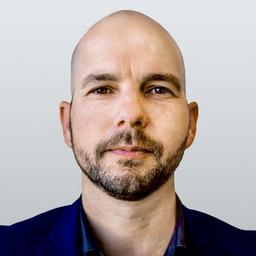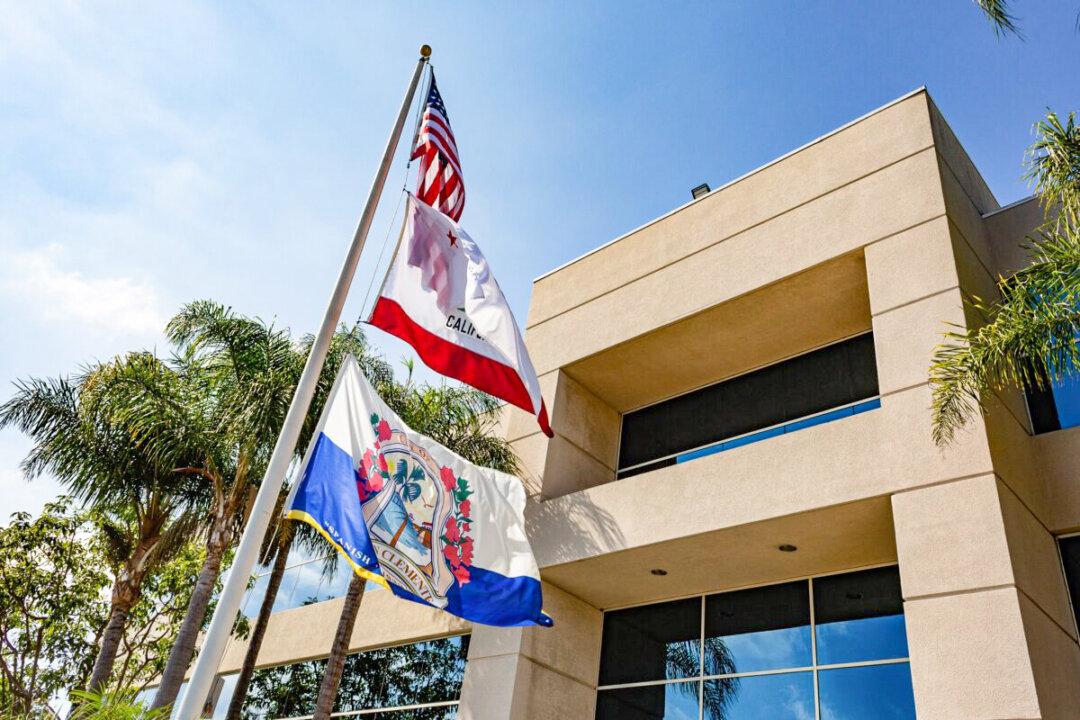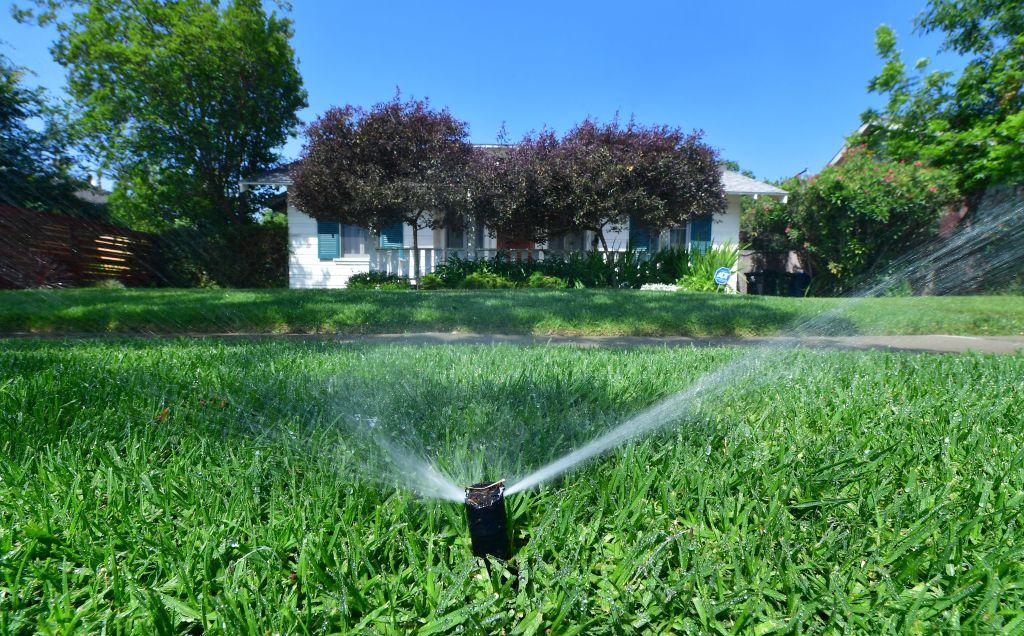MISSION VIEJO, Calif.—A 1976 Mission Viejo High graduate and astronaut and test pilot, Michael López-Alegría, returns to low-Earth orbit for the fifth time next month as commander of Axiom Mission 1 (Ax-1), the first all-private crew to the International Space Station.
López-Alegría also serves as vice president of business development for Axiom Space, a privately funded space infrastructure developer headquartered in Houston. He joins three other multinational crew members on a 10-day mission to complete more than 25 health and science research experiments for microgravity, which interest people who create materials and micro-technology, researchers told Space.com.





